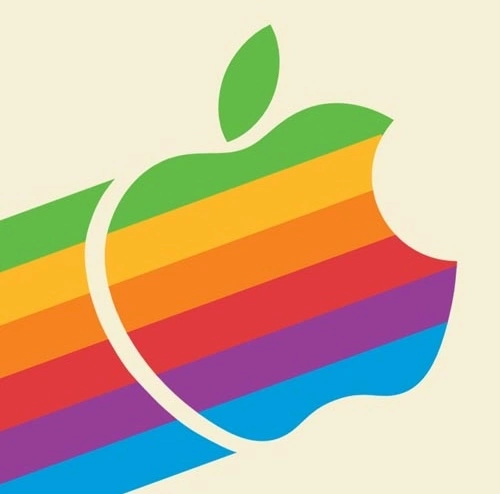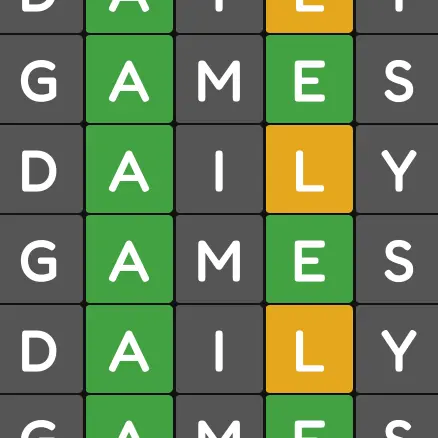- 20 Posts
- 176 Comments
The radio was part of the template
It’s like those impossible comb geometry, one side is a box, the other is the spine of a book

 31·28 days ago
31·28 days agoTech Bros make a panopticon and call it a novel approach
I’m about to do this to this kernel driver. Certainly broken before, possibly broken after, what’s the worst that could happen

 1·2 months ago
1·2 months ago🤡🤡🤡
The thing is… On Android you can not put the app on the PlayStore and just avoid paying anything. So if you want to make an Android app, the fee is 0%, but you can pay to get some service. While on iOS you pay a fee just to distribute the app
A browser is one of the most complex pieces of software you will find. There’s a reason why only 2.5 browsers exist (I’m counting chromium and safari as 1.5 because they are not the same but they are both WebKit). Maintaining a browser is difficult and making a new one is even more difficult.
Take Microsoft, one of/the most valuable company in the world. They had a browser (internet explorer) that has been state of the art, then they couldn’t maintain it anymore and it became a joke. They made a new one instead (old edge) with all the intention of making it a real player. Fucking Microsoft couldn’t do it and had to give up. They replaced it with a reskin of chrome (new edge).
Apple and Google manage to maintain chrome and safari both thanks to their position of monopoly, and because their position of monopoly depends on it. Firefox exist(ed) as a tax sponge for Google, but it’s definitely behind chrome in technology, but if it was a new browser, and not one order than safari, they would never be able to make it.
Look at you, flying on rich planes with that much space in front of you
Yes, they do. In that case, no fingers on the E string to make an E
What about those 4 and 0 over the Es? Do they make sense for trombone?
Because for violin they look like fingering hints. You can make that E with either the 4th finger on the A string or with no fingers on the E strings. You can see the same 4s on my picture. I think my book wanted to use this piece to teach when to use the 4th finger and when the empty string.
It looks similar to a fragment of a minuet from Brahms. I recognized it from an elementary study book of mine (Suzuki vol. 2 for violin). It gave me nostalgia and I had to find it…
So, because it’s in an elementary study book (assuming it is easy for trombone as well), maybe the joke is that when practicing alone you go for easy things that you like instead of what you should be practicing.
Whole piece for reference:

It allows too many attempts. Even in hard you can just run 6 binary searches simultaneously and you will always win.
Only expert mode is un exploitable.

 5·2 months ago
5·2 months agoYou can make the same graph with almost anything:
- Religion/books
- Religion/recipes on the internet
- Audio tape manufacturers/car models
- Working gramophones/depression
- Offline AAA games/hooded crows where I live
This is so stupid, CDs have error correction codes. Special redundancy that fixes reading errors up to some level. If your reader is so junky that it gets uncorrectable errors, no amount of “trapping the light in the CD” is gonna change that. And even if you get some incorrect bit the player will probably try to guess it and unless your ear is some kind of specialty ultrafast tuning equipment you won’t hear the difference.
Don’t smoke rosin, it’s carcinogenic
Well in the worst case you can always enter a tty or ssh and try to fix from there. But you can be sure the system will be recoverable.
I took a simplistic approach on some of the things I talked about, but you can use it as a pointer for a deeper dive. Also I realized now that I wrote the comment in really bad English, apologies.
I really do believe the future of the Linux desktop will be exciting, and that’s also thanks to Wayland.














I would say:
But you could also go for any more up to date debian-based distro, like Pop_OS or even Ubuntu, they might be easier for a newbie user. Fedora and OpenSUSE will be more up to date though.
If you do use Ubuntu, don’t stick to just LTS versions, use the last version available (which right now happens to be an LTS version). The “extra support” it offers is not something desktop users care about, it’s outweighted by the benefits of more updated software.